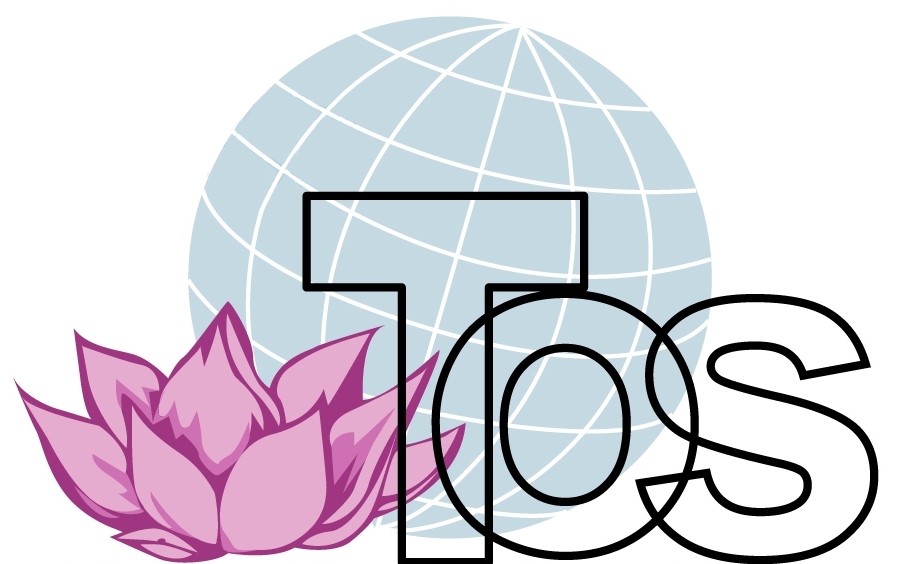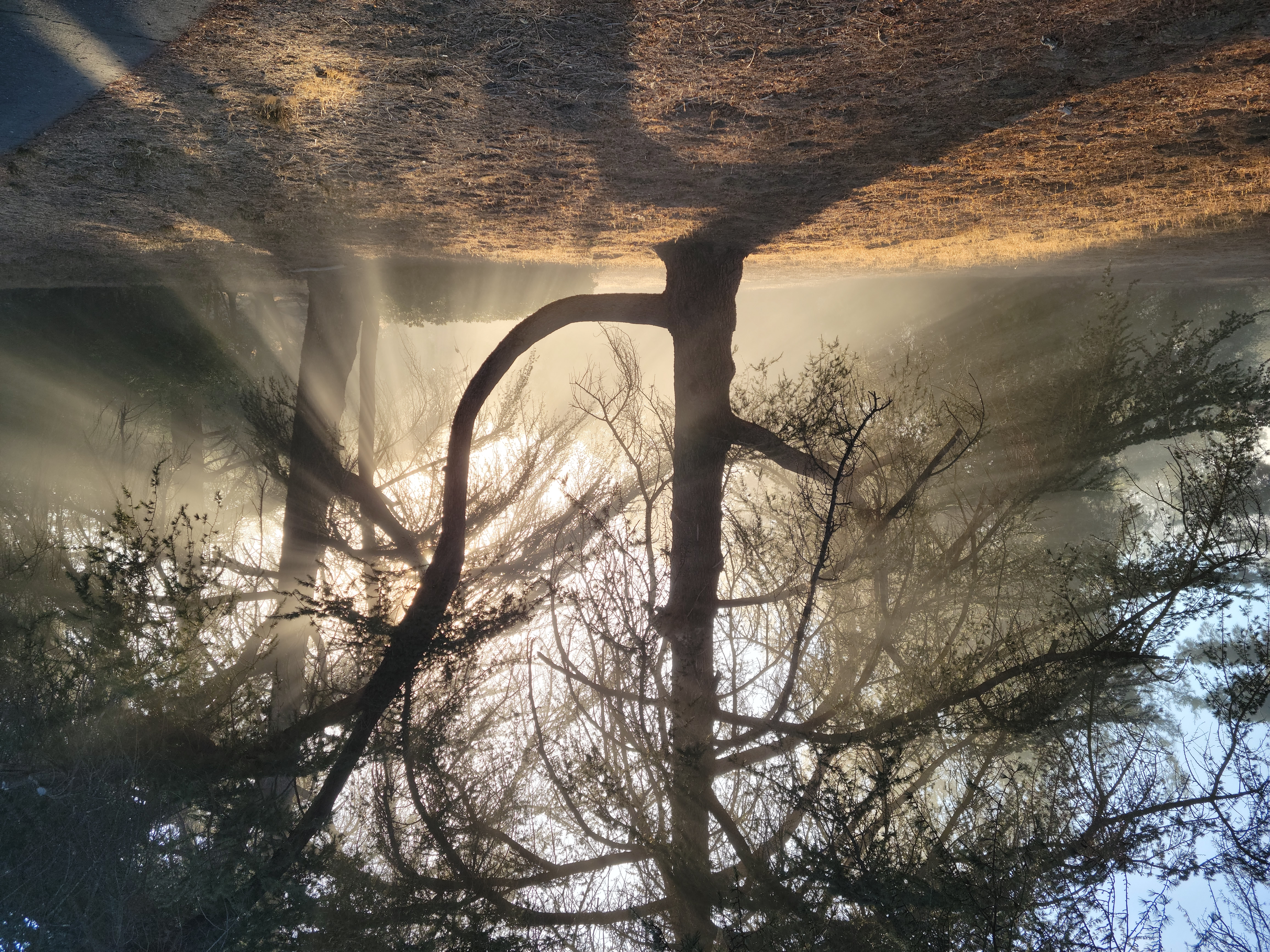Do No Harm: Our Greatest Challenge
Ananya Sri Ram Rajan
One of the first lessons learned as a therapist is “do no harm.” This statement basically covers so many of the various ethics one must abide by when practicing psychotherapy. It is said that the code stems from the medical model that doctors follow when taking the Hippocratic Oath. Given the state of healthcare around the world, it is easy to see why “do no harm” has drastic consequences when ignored.
“Do no harm,” when at the forefront of a therapist or counselor’s mind, instills an understanding that the client innately knows what is best for them. The role of the counselor/therapist is to facilitate this process through positive unconditional regard, empathetic reflection, and a sense of genuineness, using tools and practices that are authentic to the therapist and conducive to the client’s well-being. Such actions must enhance the therapeutic relationship. It is eventually up to the client to decide what they want to do. The counselor cannot force or demand anything from them. Part of the therapy, not only for the client, but the therapist as well, is to allow life to unfold and trust the process.
Humans have a difficult time with “allowing.” We want to know what will happen tomorrow, we struggle with memories of the past, we regret words said or actions done, and we fret about the things we cannot control. For many, if not all of us, the need for control becomes a control in our lives. To that end, as a humanity we have created systems to control others, whether it is through religion, education, or government. While control can be seen as a strength, too much of it is a weakness.
There is nowhere on our planet where control has not taken place in some shape or form. Our need to control has basically moved us to the teetering edge of no control. In a Washington Post article by David Grinspoon (2016), he writes “Our collective actions threaten the well-being of many of our fellow humans, not to mention vast numbers of our more distant biological relatives. Our very survival may be threatened. Paradoxically this comes at a time, and even largely as a result, of unparalleled advancement in our scientific and technological prowess.” We have reached what the climatic scientists call “Anthropocene” or the geological age of humanity. We have affected the biodiversity of our planet to such an extent that it seems questionable whether “do no harm” can be applied any longer. In many ways, our Mother Earth can be compared to a victim of domestic abuse in need of some major advocacy.
Given the fact that we are at a time of “unparalleled advancement in our scientific and technological prowess” should we not all be living by the ethic to do no harm? While we cannot feed a world with technology, we can use such tools to create a cleaner way of living that honors the planet and the all the various life forms that keep the earth in balance. This cannot happen soon enough. In 2019, the United Kingdom (UK) became the first major economy to commit to reaching net zero emissions by 2050. While this commitment seems out of reach, it is one that is needed by every country in the world.
In Patrick Vallance’s Guardian article (August 9, 2021), he states that “this is a whole systems challenge. Tackling it will require a systemic approach.” More importantly, he stresses the “need to think globally, ensuring climate innovations are affordable and that their benefits are shared equally.” This is such a vital concern when so many countries in Asia and Africa are not only extremely poor, but also have some of the worst pollution. When poverty governs the life of a people, there is little thought about world issues. Every day is a personal struggle that is pitifully accepted.
The question arises, what if we all committed to do no harm? What if “do no harm” or “do the least amount of harm every day” was the way we all lived our lives? Imagine what would have happened if “do no harm” was a teaching that every human being learned from the very beginning of their life. It’s extraordinary to think of the numbers of events that possibly would not have happened if we lived in this way. Humanity’s cruelty to animals, nature, and each other would possibly not exist. Just for a moment, imagine what that would be like.
Vallance’s article mentions a systems approach. When such approaches are applied, the whole is considered by each part and vice versa. Everything is viewed from a holistic perspective. Despite pleas from Rachel Carson, as early as 1962, in her book Silent Spring, and E.F. Schumacher’s Small is Beautiful: A Study of Economics as If People Mattered, we are now at a critical point in our existence. And the report from the Intergovernmental Panel for Climate Change (IPCC) has cycled off the news! Thank goodness for sites like https://coveringclimatenow.org which works to keep climate changes prevalent in the news.
There are several things we can do right now to make a difference, but we must really consider how we are living our lives. Yes, we have been hit by an arrow. No, we are not asking from where the arrow came, but we do need to know the best way to take it out. One of the best actions we can take at present is to do no harm in whatever form we can. Such an action seems inane when wildfires are destroying thousands of acres or the ocean is washing up marine life by the millions. We cannot stop what has already started, but perhaps we can lessen the impact. If anything, living by the affirmation to “do no harm” may instill within us a sense of gentleness to life that surrounds us. Given that there is more to life than we know, we have no idea what implications living a life to do no harm may have. What we do know is that not living it has brought us into the crisis we now face.

